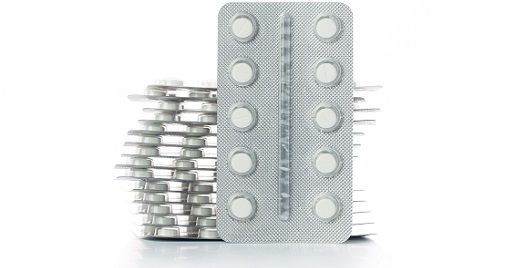Article
CDC: 80% of Children's Doctor Visits for ADHD Involve Stimulant Medication
Author(s):
Every year, six million children aged 4-17 see a physician regarding ADHD.

A new report from the US Centers for Disease Control and Prevention (CDC) puts America’s approach to childhood attention deficit/hyperactivity disorder (ADHD) into striking perspective.
Though the first takeaway may be the raw visit total—an estimated 6.1 million physician office visits for ADHD in youths aged 4-17 per year—the nature and content of those visits speaks loudest. The low threshold, four years old, was chosen because the American Academy of Pediatrics considers that the youngest age for diagnosis and treatment of the condition.
The visits were more than twice as common in male children as female children, at a rate of 147 boys to 62 girls per 1,000 of each, for a combined 105 per 1,000 children overall. The numbers were consistent when divided into age groups of 4-12 and 13-17, though the gender gap closed slightly with age: 156 boys to 59 girls per 1,000 in the younger group, 130 to 67 in the older group.
The vast majority of the office visits were made to either a pediatrician (48%) or a psychiatrist (36%), with only 12% of visits made to a general family physician and the small remainder to some other type of specialist. In those visits, nearly a third (29%) of the children with ADHD were also considered to have a second or third mental health condition, including episodic mood disorder (7%) or anxiety, dissociative, and somatoform disorder (7%).
Central nervous system (CNS) stimulants were “provided, prescribed, or continued” in four out of five of those visits.
The numbers were similar in the two age groups: 80% of the office visits for children in the 4-12 year old bracket and 81% of visits among the 13-17 group involved stimulant medication. Methylphenidate or dexmethylphenidate were the most popular drugs involved, “mentioned more frequently than the drug combination of amphetamine-dextroamphetamine at ADHD visits both for children aged 4—12 years (48% compared with 13%) and for those aged 13–17 years (46% compared with 14%),” according to the report.
The report does not describe how many visits were repeats by the same patient, meaning such a number can be skewed. In the report’s conclusion, however, it addresses statistics regarding CNS stimulants and children with ADHD by pointing to previous reports recommending “public health monitoring of this practice.” The CDC’s report comes on the heels of a report out of Australia that found the youngest students in a given school grade were twice as likely to be prescribed ADHD medicines as months-older children from the same grade.
The new report, titled “Physician Office Visits for Attention-deficit/Hyperactivity Disorder in Children and Adolescents Aged 4—17 Years: United States, 2012–2013” was based on those two years’ data from the National Center for Health Statistics (NCHS) National Ambulatory Medical Care Survey (NAMCS).
Related Coverage:
Youngest in Class Most Likely to Receive ADHD Medication





